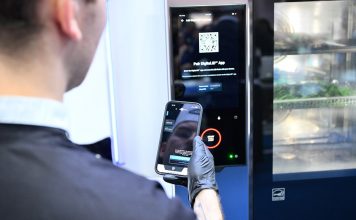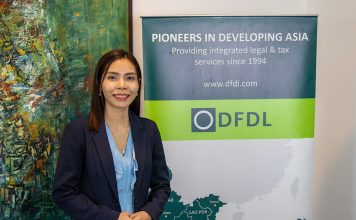The Gideon Group, a US-based global finance firm, yesterday announced its intention to invest $488 million in a 135-megawatt solar plant in Kandal province.

In a statement issued yesterday, Gideon Group president and CEO Salman Khan said the Kandal solar project is being developed by Inner Renewable Energy (Cambodia), also known as IREC, with the support of the government.
“We are pleased to partner with the National Bank of Ras Al-Khaimah (RAK Bank), one of United Arab Emirates’ premier commercial banks, enabling our firm to invest in this important project,” said Mr Khan.
IREC has been working closely with the government to develop the renewable energy sector in the Kingdom, said IREC chairman Meas Sethviphou. The company proposed the Kandal solar plant and is now working on the feasibility study, he added.
“This day has been a long time in the making. For over four years, I have worked to develop an environmentally-friendly solution for increasing the Kingdom of Cambodia’s energy production and energy independence,” Mr Sethviphou said in the statement.
Other key partners in the project include First Solar, a US-based photovoltaic panel manufacturer, Arthit E&C, a design consulting firm, and China National Technical Import and Export Corporation, one of the world’s largest engineering companies.
Deth-Udom Mahasaranond, First Solar country head, said in the statement that the project is a near-perfect fit for the company due to its proximity to their production facility in Malaysia.
“The 135 MW solar project is an important first step in helping Cambodia meet its objective of developing an adequate and reliable source of electricity for the future,” he said.
“While it is estimated that Cambodia has nearly 10,000 MW of hydroelectric power potential, only about 1,000 MW has actually been developed, leading to a higher reliance on energy imports from neighboring countries such as Thailand, Vietnam, and Laos,” Mr Mahasaranond said.
Victor Jona, director general of the Ministry of Mines and Energy, told Khmer Times that the ministry gave IREC a green light to conduct a feasibility study on the project, but that the company has yet to confirm their intention to invest in the plant.
“We can’t confirm this investment from IREC until the company signs an agreement to sell power to Electricite du Cambodge or to a special economic zone. The company has not approached us for this yet,” Mr Jona said.
He added that investment in renewable energies is increasing every year. In 2017, a $12.5-million, 10 MW solar farm was completed in Svay Rieng province’s Bavet city by Singaporean firm Sunseap. This is the country’s first large-scale solar farm.
Another plant, able to generate 60 MW, will come online by the end of this year. Developed by Schneitec Renewable, the $58-million project is a joint venture of Cambodian and Chinese investors. The plant will be located on 200 hectares adjacent to National Road 51 in Kampong Speu.
Finally, Mr Jona noted, bidding for another 60 MW solar farm in Kampong Chhnang province will start in upcoming months.
The government recently said that it plans to have all 24 provinces in the country connected to the national grid by 2020. Five provinces still lack access to it – Tboung Khmum, Kampong Thom, Oddar Meanchey, Ratanakkiri and Mondulkiri.
Cambodia now has 2,141 kilometres of transmission lines and 33 substations. The government has previously stated that its goal is to electrify all villages in the country by 2020. Currently, 87 percent of the country’s 14,168 villages have access to power.
Last year, Cambodia consumed 2,650 MW, a 15 percent increase compared to a year earlier. 442 MW were imported from Thailand, Vietnam, and Laos in 2018.








